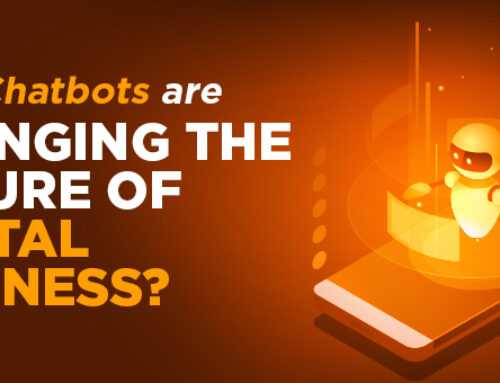What does GST Has in Store for the Digital Marketing Sector?


India is a month away from undergoing the biggest tax reform the country has ever witnessed. A new tax structure called GST as in Goods & Service Tax will be implemented from 1st of July 2017 marking the start of India’s journey towards being the one tax umbrella nation. It is a single, nationwide, value-added tax on goods & services which will revolutionize how consumers, businesses & service sectors will be taxed. A lot has been said and written about the most important economic reform which is being carried under the regime of Modi government. However, how it will play for the digital marketing sector is still a question which is yet to be answered. Let’s follow the chain of causality to infer some speculations.
GST’fied Indian Service Sectors:
Goods & Service Tax (GST) is the most prominent change which Indian economy is looking forward to take on since the year 2000. Industry experts are speculating that GST will play a crucial role in improving the transparency, reliability, time-line of supply chain mechanism. If speculations are to be believed, the top three sectors which will be impacted massively, for better or worse are:
- Information Technology:
Enterprise networking is the biggest segment within the Indian IT infrastructure market with revenue expected to reach $1.1 billion this year (Source). It is being predicted that the IT sector can expect a huge change in terms of expansion of data center, transactions return filings, development of accurate and error-free software solutions.
Historically, IT sectors has had many wrinkles with Central and State tax authorities earlier, which are likely to be ironed out in the GST regime. GST will definitely expedite the end of classification disputes of Software, promote more refunds on export of services, offer huge business opportunities, etc. Tax-wise, IT sector will get some relief as the current average tax rate of around 25–35% shall come down to around 18–25% (Source). Overall, the impact of GST on IT systems is going to be huge and from the looks of it, it’ll be a relief.
- Mobile Sector:
The GST Council finalized 18% tax on services rendered by telecom operators. Consequently, the telephone bills and data prices will go up after the new Goods and Services Tax regime kicks in. That also means that the consumers will have to pay more money for data packs, kicking the internet penetration rate in the gut among mobile users. However, the Indian government has been pushing to go digital, driving the digital revolution across the country. On the positive side, the prices of mobile devices may come down post-GST.
With more than 375 million Internet subscribers, India is the 2nd largest user group of Internet after China (Source). India is most aggressive in global market shares across segments, be it in the number of internet users, smart phone users, app downloads or online payments. Mobile phones have played a major role in terraforming the digital shape of the country. Owing to the internet packages provided by the companies like Reliance, government initiatives for free Wi-Fi and lowered smart phone prices are predicted to further drive internet penetration via smart-phones. This will pave path to reaching more consumers via efficient SMAC strategies.
- E-Commerce:
A lot of e-commerce sales today gets pricing benefit from merchants based in states with lower VAT rates. For instance, Karnataka has a tax rate of 5% on mobile phones, whereas Maharashtra has 13.5%. A VAT difference like that clearly helps online marketplaces compete better with local retail across India. However, after 1st of July the exclusive tie-ups between various brands and e-commerce sites could take a hit as the tax advantage of online marketplaces would be impacted.
- What does it mean for Digital Marketing though?
The GST impact can be scaled somewhere in the bitter-sweet range. For some sectors it may be the long awaited boon, whereas for some GST may present certain hurdles. According to research, the companies that gain from the lower cost will be more inclined to invest their savings in marketing & advertising budget. By increasing their ad spending by about 10%, or more than Rs 5,000 crore as compared to the previously projected 10-12% growth for this fiscal year (Source). It is estimated that the spending budget scope of the digital marketing sector in India by the year 2021 will be $12.5 Billion. These estimations are based on pre-GST era and there is a very real possibility that after increase in revenue and simplified inter-state transactions a lot of companies will increase their marketing budget.
- Conclusion:
Last year, digital marketing as a sector grew by 47.5% over 2015 and it can be concluded that digital marketing as a channel is growing by 50% year on year (Source). FMCG is the most dominant sector which accounts for a major chunk of the digital marketing sector at 28%, will especially benefit from GST implementation. Companies could generate substantial savings in logistics & distribution costs due to which multiple sales depots will no more be required. Similarly in Media sector as well, the taxes could go down by 2-4%, making GST a big boon for the industry.
Contemporary estimations say that global digital marketing scope by year 2021 would be around $299 billion, out of which around $12.5 billion would be the share spent in Indian Market. After considering all these aspects of GST impact which we have presented so far, we can probably say for digital marketing sector that , ‘Acche din aane waale hain!’.












